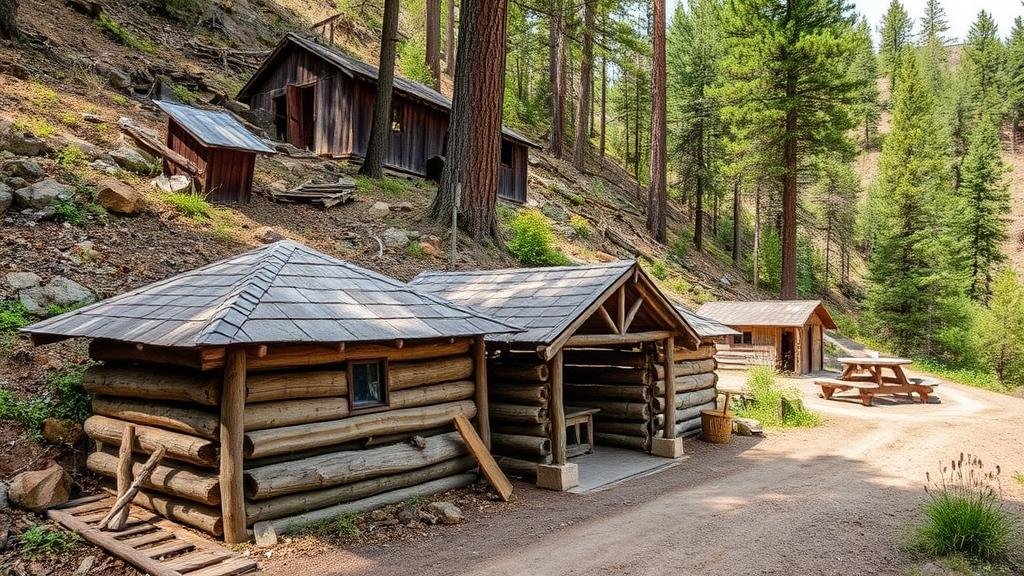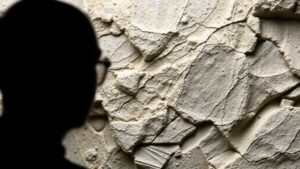Researching Historical Mining Camps for Abandoned Artifact Treasures
Researching Historical Mining Camps for Abandoned Artifact Treasures
The exploration of abandoned mining camps offers a unique glimpse into the socio-economic dynamics of the past. These sites, often rich in artifacts and historical significance, provide an invaluable resource for researchers and enthusiasts alike. This article examines the methodology and historical context of researching mining camps, the types of artifacts commonly found, and the implications for contemporary understanding of industrial and cultural evolution.
Historical Context of Mining Camps
Mining camps flourished in the 19th and early 20th centuries, particularly during significant events such as the California Gold Rush (1848-1855) and the Klondike Gold Rush (1896-1899). e camps were often characterized by a rapid influx of miners and prospectors, evolving from temporary settlements into more established communities.
For example, the town of Bodie, California, reached its peak in 1880 with approximately 8,000 residents, primarily engaged in gold mining. Following a decline in precious metal yields, the town saw a quick abandonment, leaving behind numerous artifacts that speak to its vibrant past (Bodie State Historic Park, 2023).
Methodology for Researching Mining Camps
To effectively research historical mining camps, researchers should employ a multi-faceted approach that includes historical documentation, archaeological surveys, and local folklore. The following steps outline a structured methodology:
- Historical Documentation: Begin with library and online archives to gather information about mining camps. Sources may include government reports, newspaper articles, and mining company records. The United States Geological Survey (USGS) and local historical societies can be particularly valuable.
- Site Visits: Conduct field visits to investigate the physical remnants of mining camps. This can include ruins of buildings, mining equipment, and refuse piles known as “tailings.â€
- Artifact Recovery: Use metal detectors and excavation tools to identify and recover artifacts safely. Proper permits and ethical considerations must be taken into account to ensure compliance with local laws.
- Cultural Engagement: Interact with local communities and indigenous groups to gather oral histories and cultural insights that can inform the research.
Types of Artifacts Discovered
Researching historical mining camps typically yields a diverse array of artifacts, which may include:
- Mining Tools: Tools such as picks, shovels, and pans used by miners are often found in these areas.
- Household Items: Artifacts that reflect daily life, including dishes, bottles, and personal belongings.
- Transportation Evidence: Remnants of wagons, rail tracks, and early mining cars that illustrate the logistical aspects of mining.
- Documentation: Old maps, permits, and receipts that provide insights into the economic transactions of the time.
Significance in Contemporary Research
The artifacts found in abandoned mining camps are critical for understanding the historical context and cultural heritage of these areas. For example, analysis of mining tools can reveal changes in technology and mining practices over time. According to a study by the Society for Historical Archaeology, such artifacts can also provide insights into the socio-economic conditions faced by miners, including labor relations and the communitys overall health and lifestyle (Society for Historical Archaeology, 2022).
Challenges and Considerations
While researching mining camps can be rewarding, several challenges must be managed:
- Legal Restrictions: Many sites are protected under federal or state laws, making it essential to obtain the necessary permissions before conducting any research.
- Environmental Impact: Disturbing historic sites can lead to ecological degradation, making ethical excavation practices vital to preserve the landscape.
- Community Relations: Engaging with local communities can sometimes be fraught with tension, particularly regarding interpretations of history and ownership of artifacts.
Conclusion
Researching historical mining camps provides a significant opportunity to unearth artifacts that chronicle the lives and struggles of those who sought fortune in these once-thriving locations. By employing thorough methodologies and respecting both legal and ethical boundaries, researchers can contribute valuable knowledge to the fields of archaeology and history. Moving forward, it is crucial to share findings in a manner that benefits both the academic community and the descendants of those who lived through these transformative epochs.
Actionable Takeaways:
- Conduct thorough research using diverse sources including historical documents and local folklore.
- Engage in responsible artifact recovery with respect to legal and ethical standards.
- Support the integration of archaeological findings with contemporary narratives to enrich public understanding of mining history.
By adhering to these guidelines, researchers can uncover the hidden treasures of the past while fostering a deeper appreciation for the history embedded within abandoned mining camps.



